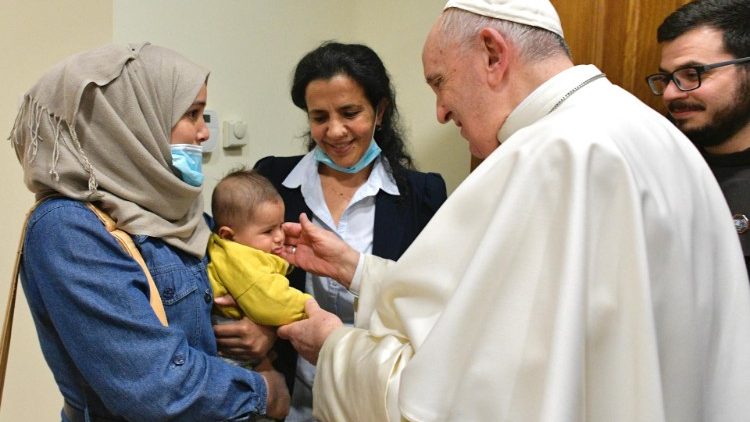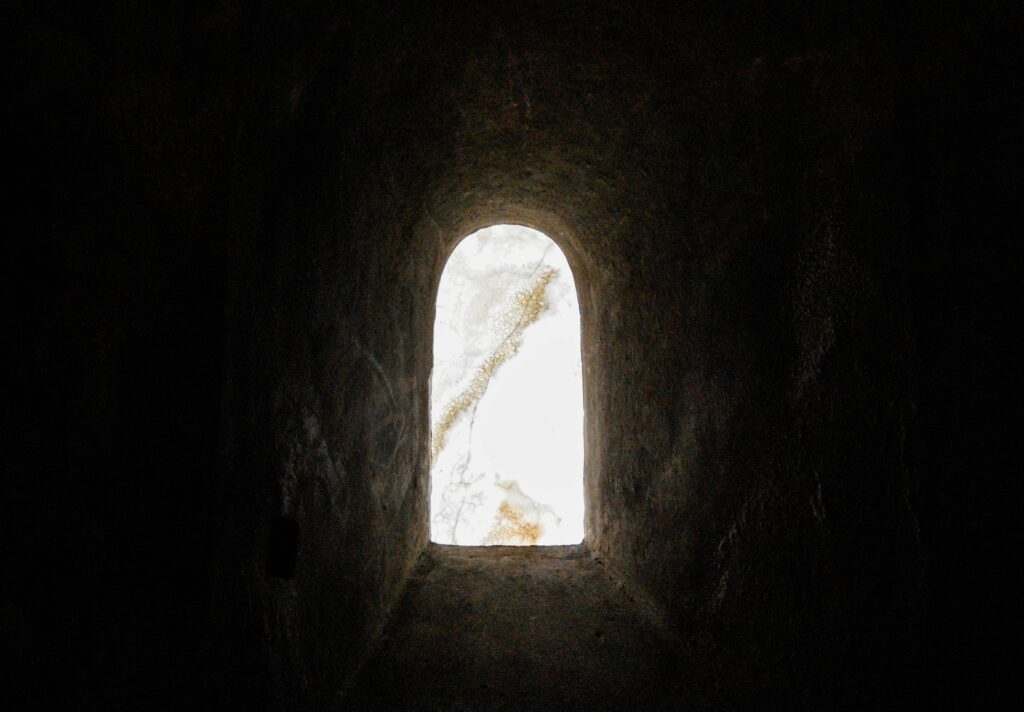Cardinal Arizmendi: A Disappointing Synod?
Cardinal Arizmendi: A Disappointing Synod?

Cardinal Felipe Arizmendi, bishop emeritus of San Cristóbal de Las Casas and responsible for the Doctrine of Faith at the Mexican Episcopal Conference (CEM), offers readers of Exaudi his weekly article.
***
LOOK
The second session of the Synod of Bishops recently concluded, and with it, this consultation of the Universal Church was convened by Pope Francis. In the end, the participants issued a Final Document, approved by the majority and distributed by authorization of the Pope. Some expected spectacular changes on debatable issues, and they are disappointed.
For example, they expected that women could receive the sacrament of priestly orders so that they would at least be deaconesses. However, the Final Document is very cautious; “the Assembly calls for the full implementation of all the opportunities already provided for in current legislation concerning the role of women, particularly in places where they have not yet been explored. There is nothing in women that prevents them from playing leadership roles in the Churches: what comes from the Holy Spirit must not be stopped. The question of women’s access to the diaconal ministry also remains open. Greater discernment is needed in this regard” (No. 60). The matter is still being studied and is not closed; in the future this path could be opened. However, current canonical legislation allows women to baptize and preside at marriages, as well as various other ministries, without being deaconesses. But this has not been put into practice in most dioceses around the world. I did it in indigenous communities without problems and with all canonical approvals; in addition to presiding at celebrations of the Word and giving Communion, indigenous women could baptize and preside at marriages.
Others hoped that, in order to be a priest in the Latin Church, the commitment to be celibate would not be indispensable. The Synthesis Report of the Synod session last year had already said: “Different evaluations have been expressed regarding the celibacy of priests. All appreciate its prophetic value and the witness of conformation to Christ; some wonder whether its theological adequacy with the priestly ministry must necessarily translate into a disciplinary obligation in the Latin Church, especially where ecclesial and cultural contexts make it more difficult. This is not a new issue, which needs to be explored in depth” (11 f). This means that this issue is not up for discussion for now, since there are already several Church documents that have confirmed it. I am very happy to be celibate; I feel fruitful, a father, a brother; in a word, fulfilled.
Others wanted all marital relationships between persons of the same sex to be approved as morally licit. This was not addressed here, since the Catechism of the Catholic Church is already very clear: The homosexual tendency is not a sin; “homosexual acts are intrinsically disordered… They cannot be approved in any case” (CATIC 2357).
However, what was already expressed in last year’s Synthesis Report was taken into account:
“If we use doctrine harshly and with a judgmental attitude, we betray the Gospel; if we practice cheap mercy, we do not transmit the love of God. Unity in truth and love implies taking on the difficulties of the other to the point of making them our own, as happens among true brothers. This unity can only be achieved by patiently following the path of accompaniment. There are many indications already offered by the Magisterium that await to be translated into adequate pastoral initiatives. Even where further clarification is needed, the behavior of Jesus, assimilated in prayer and in the conversion of the heart, shows us the way to follow” (15, f and g). That is to say, truth must be combined with charity, as the wise Benedict XVI said: neither truth without charity, nor charity without truth. Things are as they are in terms of truth; but this truth must be lived with great charity.
There were also those who, explicitly or covertly, would like there to be no longer a hierarchy in the Church and for everything to be decided by majority vote. In this, the Final Document is very explicit: “In a synodal Church, the decision-making competence of the Bishop, the College of Bishops and the Bishop of Rome cannot be renounced, since it is rooted in the hierarchical structure of the Church established by Christ in the service of unity and respect for legitimate diversity (cf. LG 13) … In the Church, deliberation takes place with the help of all, never without the pastoral authority deciding by virtue of its office” (No. 92).
DISCERN
Pope Francis insisted that this synodal assembly was not to decide on some issues that are still freely discussed, but to reflect on what it means to be a synodal Church. The final Document states this:
“Throughout the synodal process, a convergence has matured on the meaning of synodality that underlies this Document: synodality is the journey of Christians together with Christ and towards the Kingdom of God, in union with all humanity; oriented towards mission, it implies meeting in assembly at the different levels of ecclesial life, reciprocal listening, dialogue, community discernment, reaching a consensus as an expression of the presence of Christ in the Spirit, and decision-making in a differentiated co-responsibility. In this line we better understand what it means for synodality to be a constitutive dimension of the Church. In simple and synthetic terms, we can say that synodality is a path of spiritual renewal and structural reform to make the Church more participatory and missionary, that is, to make it more capable of walking with every man and woman radiating the light of Christ” (No. 28).
ACT
Every baptized person is a member of the Body of the Church. The Church is not only the head, but all the members. The synodal process aims at making all the baptized feel like living members and not dead cells, and that we pastors take into account the dignity, rights and participation of those who are not clerics. In this, we must continue to advance.
Related

Francis’s Legacy: The Church, a Field Hospital
Isabel Durán Doussinague
23 April, 2025
2 min

The Challenges of the Next Pope and the Path of Grace
Javier Ferrer García
23 April, 2025
4 min

Easter for a Life of Hope
Mario J. Paredes
21 April, 2025
4 min

Munilla: ‘Chronic Adolescence’ or ‘Maturity in Christ’
Exaudi Staff
21 April, 2025
3 min
 (EN)
(EN)
 (ES)
(ES)
 (IT)
(IT)

